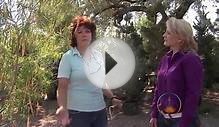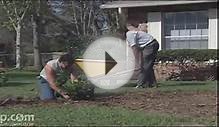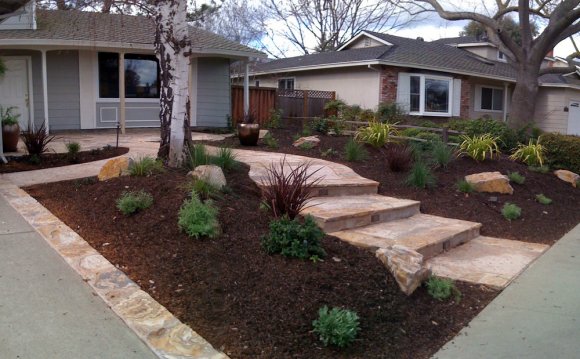
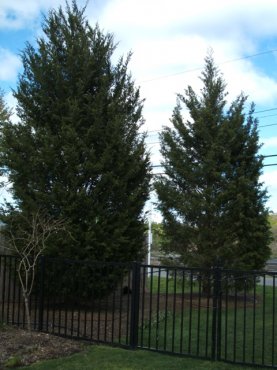 Select ~ There are native plants for every use in a designed garden. They can be planted as specimens or focal points, for screening out unsightly views, creating a sense of intimacy and dressing up front foundation plantings.
Select ~ There are native plants for every use in a designed garden. They can be planted as specimens or focal points, for screening out unsightly views, creating a sense of intimacy and dressing up front foundation plantings.
Simple ~ It’s tempting to buy one of everything when you go plant shopping, but it’s much more effective from both a garden design and a habitat creation perspective to choose several species of plants and then use them in multiples. Cluster plants of the same species together in groups of 3+ plants. Not only will this maximum their visual impact, the groupings will also be more attractive to wildlife.
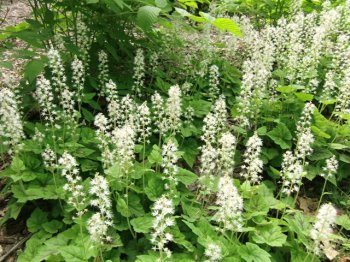
Sequencing ~ When designing your wildlife garden, think of how plants can be connected and work together to create interest and depth. Combine native plants with sequential flowering times, and play up contrasts in texture, size, shape, and color.
Sweeps and swathes ~ Use sweeping lines for beds and plant in swathes, drift or masses to create a sense of abundance, continuity and movement.
Shrink ~ I personally feel a little lawn is appropriate in a garden, in part because it helps set off the designed elements. But lawn grass is an ecological wasteland because it does not contribute to the wildlife value of your garden so remember when it comes to lawns, shrink your lawn because ‘a little’ goes a long way.
Every wildlife-friendly garden needs to provide the basics for supporting local wildlife: water, shelter, food (nectar, insects, seed heads, berries, fruit and nuts) and place to raise their young. This blog is the perfect place to explore specific native plants to add to your garden, regardless of where you live. And with a bit of planning, you can design a native plant garden that supports a broad array of wildlife and looks like it was designed by a pro.
© 2013, Debbie Roberts. All rights reserved. This article is the property of Native Plants and Wildlife Gardens. We have received many requests to reprint our work. Our policy is that you are free to use a short excerpt which must give proper credit to the author, and must include a link back to the original post on our site. Please use the contact form above if you have any questions.
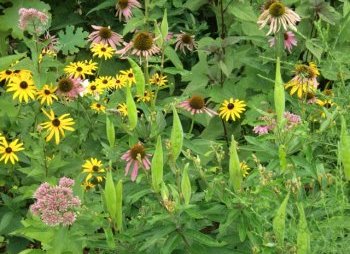
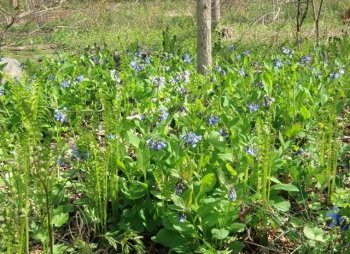
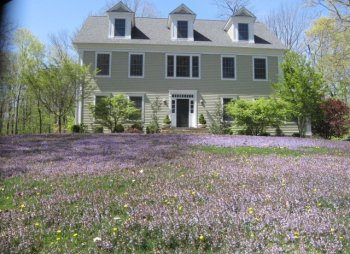
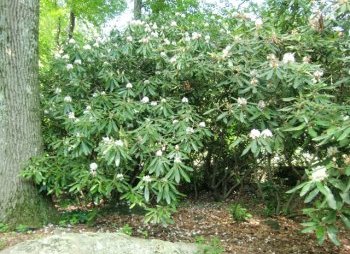
YOU MIGHT ALSO LIKE
